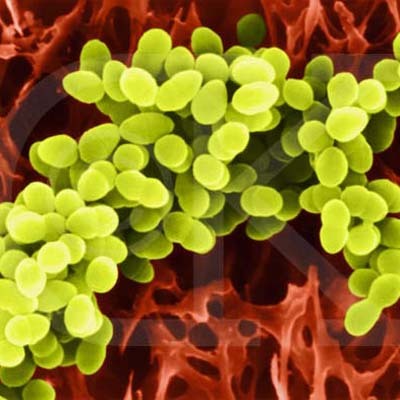
金黃色葡萄球菌 (Staphylococcus aureus, S. aureus) 對人類來說是一個重要的病原體。從歷史的角度來看,S. aureus 的侵入性感染總是造成很高的死亡率。
Staphylococcus aureus is an important human pathogen. Historically, invasive infections have been associated with very high mortality rates.
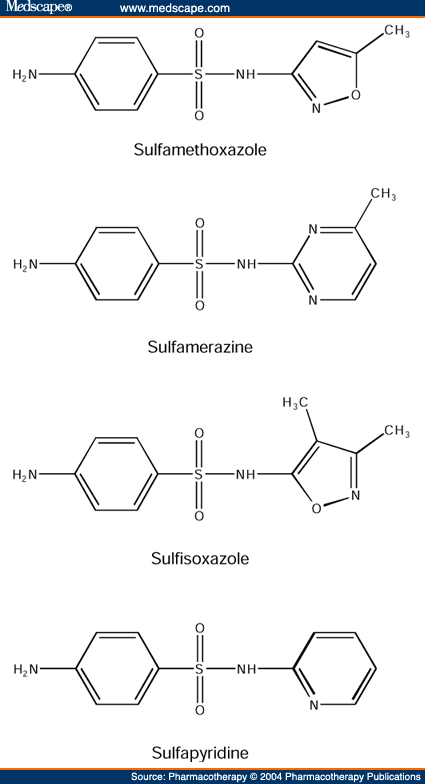
在磺胺類藥物還沒問世的1933-1936年代 (pre-sulfonamide period),感染 S. aureus 所造成之菌血症病人的死亡率超過四分之三 (median 79%, range 56-89%) (Arch Intern Med 1939; 63:1068–1083)。1937-1941年,因將磺胺藥導入治療而讓死亡率降至 40% (Arch Intern Med 1941; 67:25–35)。
During the pre-sulfonamide period, 1933–1936, over three-quarters (median 79%, range 56–89%) of patients with bacteraemic S. aureus infection died [1]. The introduction of the sulfonamide agents, 1937–1941, reduced these high mortality rates to 40% [2].

Penicillin 在 1942-1947 年以橫空出世之姿,將 S. aureus 菌血症感染之死亡率將至 28%;然而,S. aureus 也在短期內強勢反擊,並在 1948-1953 將死亡率再度提升至 45-50% (Arch Intern Med 1954; 94:167–196)。
The introduction of penicillin, 1942–1947, reduced the S. aureus bacteraemia death rate to 28%; however, the rise of penicillin resistance shortly thereafter, 1948–1953, was associated with higher mortalities of the order of 45–50% [3].

1962 年 methicillin 殺出救援,成功地在這場戰爭中幫助抗生素陣營重拾優勢,並將死亡率降至 25%。然而,俗諺有云:「道高一尺,魔高一丈」。幾乎就在 methicillin 救援的同時,S. aureus 也進化成更兇殘的 methicillin-resistant S. aureus (MRSA),在死亡率表現方面,即便將許多共伴因素納入分析後仍可發現,MRSA 特種部隊比 methicillin-susceptible S. aureus (MSSA) 傳統部隊還要十惡不赦 (OR 1.93, 95% CI 1.54–2.42, P<0.001) (Clin Infect Dis 2003; 36:53–59)。
After the introduction of methicillin in 1962, the mortality rates decreased again to approximately 25% [52]. Almost as soon as methicillin was introduced, MRSA was being reported [53]. Patients with MRSA bloodstream infections have a greater mortality risk than those with methicillin-susceptible S. aureus (MSSA) bacteraemia (OR 1.93, 95% CI 1.54–2.42, P<0.001), even accounting for confounding variables such as the presence or absence of central venous access devices, endocarditis, bacteraemia during an outbreak, and severity of underlying illness [4].
.jpg)
雖然時至今日,萬古神兵 - vancomycin 仍然是對 MRSA 的首選武器,但 MRSA 對 vancomycin 的敏感性日益降低已經成為大家高度關注的問題,MRSA 再一次超進化成 vancomycin-intermediate S. aureus (VISA) 與 vancomycin-resistant S. aureus (VRSA),也將死亡率推向另一個高峰 (63%) (Clin Infect Dis 2003; 36:429–439)。
More recently, concern has been expressed regarding the identification of MRSA strains with reduced susceptibility to vancomycin, vancomycin-intermediate S. aureus (VISA) and vancomycin-resistant S. aureus, that have been associated with higher bacteraemia-related mortality rates (63%) [5].
隨著超世代神兵陸續的誕生,以及 S. aureus 不斷的進化,這場以人體為戰場的兵燹征戎,將永無停戰的一天。
超世代神兵 - Teicoplanin
超世代神兵 - Linezolid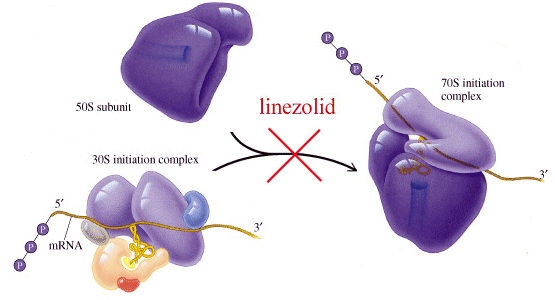
超世代神兵 - Quinupristim/Dalfopristin
超世代神兵 - Tigecycline
超世代神兵 - Daptomycin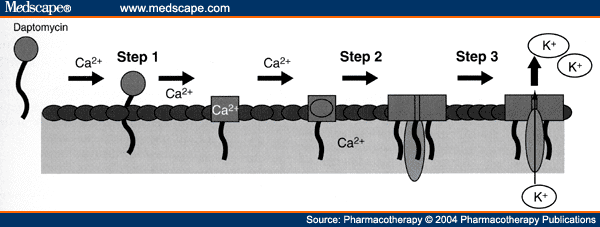
超世代神兵 - Telavancin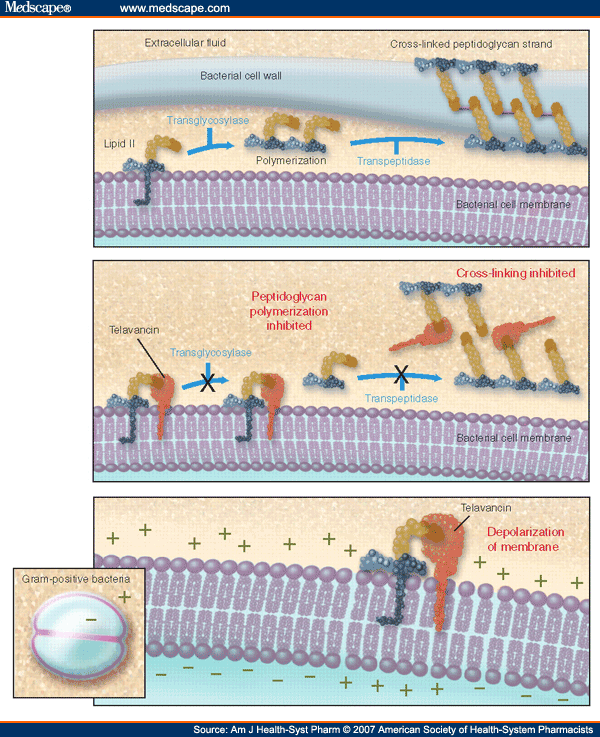
超世代神兵 - Ceftaroline 
Reference:
[1] Mendell TH. Staphylococcal septicemia: a review of thirty-
five cases, with six recoveries, twenty-nine deaths, and
sixteen autopsies. Arch Intern Med 1939; 63:1068–1083.
[2] Spink WW, Hansen AE, Paine JR. Staphylococcal bacteremia,
treatment with sulfapyridine and sulfathiazole. Arch Intern
Med 1941; 67:25–35
[3] Spink WW. Staphylococcal infections and the problem of
antibiotic-resistant Staphylococci. Arch Intern Med 1954;
94:167–196.
[4] Cosgrove SE, Sakoulas G, Perencevich EN, et al. Comparison
of mortality associated with methicillin-resistant and
methicillin-susceptible Staphylococcus aureus bacteremia:
a meta-analysis. Clin Infect Dis 2003; 36:53–59.
[5] Fridkin SK, Hageman J, McDougal LK, et al. Epidemiological
and microbiological characterization of infections caused
by Staphylococcus aureus with reduced susceptibility to
vancomycin, United States, 1997–2001. Clin Infect Dis
2003; 36:429–439.
Wind Wei-Lun Chang
2nd Nov 2011


 留言列表
留言列表
